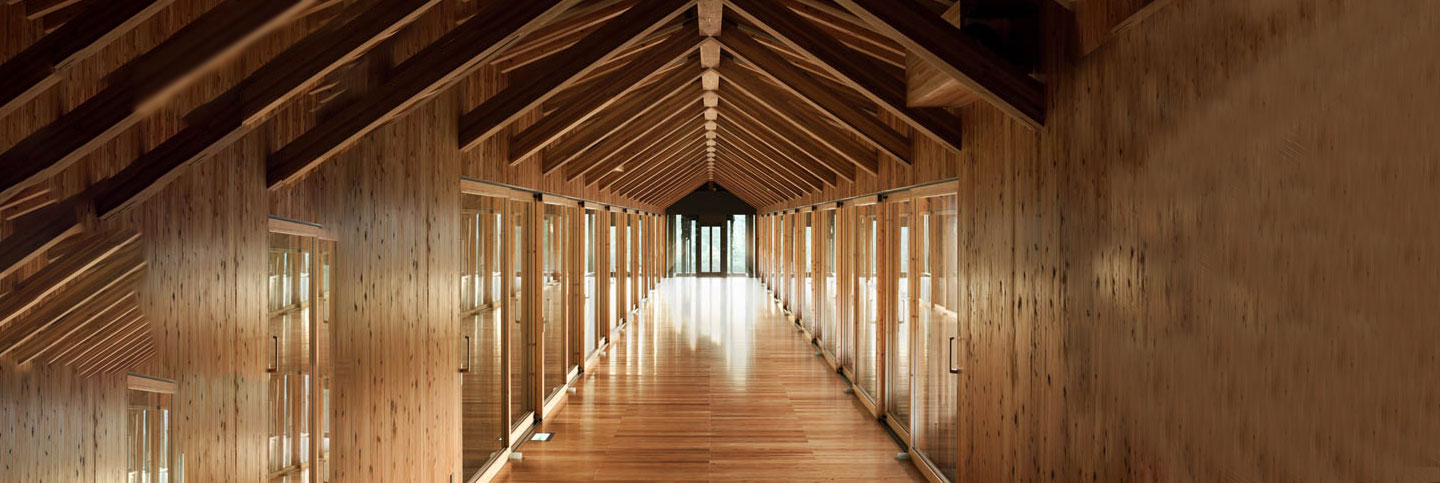Sustainable design in residential construction is becoming increasingly important as we strive to reduce our impact on the environment and build homes that are both energy-efficient and environmentally responsible. In this article, we’ll explore what sustainable design is, why it’s important, and some of the key principles that can be applied to residential construction.
What is Sustainable Design?
Sustainable design is an approach to building design that aims to minimize the environmental impact of construction and create homes that are both energy-efficient and environmentally responsible. It involves the use of sustainable materials, energy-efficient technologies, and design strategies that reduce energy consumption and waste.
Why is Sustainable Design Important in Residential Construction?
The construction of residential buildings has a significant impact on the environment. According to the Environmental Protection Agency (EPA), buildings account for 39% of total energy consumption in the United States and 38% of carbon dioxide emissions. By using sustainable design principles in residential construction, we can significantly reduce these figures.
Additionally, sustainable design can help to create healthier living environments for occupants. By using non-toxic materials and improving indoor air quality, residents can enjoy a healthier living space.
Principles of Sustainable Design in Residential Construction
1. Passive Solar Design
Passive solar design involves using the sun’s energy to heat and cool a home. This can be achieved through the strategic placement of windows and the use of thermal mass materials, which absorb and store heat during the day and release it at night. By using passive solar design, homes can be heated and cooled naturally, reducing the need for mechanical heating and cooling systems.
2. Energy-Efficient Appliances and Lighting
Using energy-efficient appliances and lighting is another key principle of sustainable design. Energy-efficient appliances, such as refrigerators, washing machines, and dishwashers, use significantly less energy than their non-efficient counterparts. Similarly, using energy-efficient lighting, such as LED bulbs, and motion detection can significantly reduce energy consumption.
3. Geothermal Heating and Cooling
Geothermal heating and cooling is a renewable energy technology that harnesses the earth’s natural heat to provide heating and cooling for homes. By utilizing the constant temperature below the earth’s surface, geothermal systems are highly energy-efficient, cost-effective, and environmentally friendly. These systems use a combination of a geothermal heat pump, a ground loop, and a distribution system to transfer heat from the ground to the home during the winter months, and from the home to the ground during the summer months. With benefits such as reduced energy consumption, lower energy bills, and a smaller carbon footprint, geothermal heating and cooling is becoming an increasingly popular option for residential construction.
4. Water Efficiency
Water efficiency is an important aspect of sustainable design. This can be achieved through the use of low-flow fixtures, such as toilets and showerheads, which reduce water consumption. Additionally, rainwater harvesting systems can be used to collect rainwater for use in landscaping and other non-potable applications.
5. Use of Sustainable Materials
Using sustainable materials is another key principle of sustainable design. This involves using materials that are renewable, recyclable, and/or have a low environmental impact. For example, using bamboo flooring instead of hardwood flooring or using recycled steel instead of traditional steel can significantly reduce the environmental impact of construction.
6. Indoor Air Quality
Indoor air quality is an important aspect of sustainable design. By using non-toxic materials, such as low-VOC paint and formaldehyde-free insulation, indoor air quality can be improved. Additionally, using a ventilation system that brings in fresh air from the outside can help to improve indoor air quality.
7. Air-Sealing
Air sealing is the process of sealing the gaps, cracks, and holes in a home’s exterior to prevent air leaks. Proper air sealing can improve energy efficiency, reduce heating and cooling costs, and improve indoor air quality. Here are some common techniques for air sealing a home:
Caulking
Caulk is a flexible material used to seal gaps and cracks around windows, doors, and other areas where different building materials meet.
Weatherstripping
Weatherstripping is a narrow strip of material, such as felt or foam, that is used to seal gaps around doors and windows.
Sealing ducts
Leaky air ducts can account for up to 30% of energy loss in a home. Sealing and insulating ducts can improve energy efficiency and indoor air quality.
Insulating
Insulating the attic, walls, and floors can help prevent air leaks and reduce energy loss.
Spray foam insulation
Spray foam insulation is a popular option for air sealing because it expands to fill gaps and cracks and creates an airtight seal.
Vapor barriers
Vapor barriers are materials used to prevent moisture from entering the home. They also help prevent air leaks.
Air sealing electrical outlets
Gaskets and foam pads can be used to seal gaps around electrical outlets and light switches to prevent air leaks.
Proper air sealing can significantly improve the energy efficiency of a home and reduce heating and cooling costs. It is important to hire a professional to ensure proper air sealing techniques are used, and to ensure that the air quality and ventilation of the home are not compromised.
In Conclusion
Sustainable design in residential construction is an important aspect of building homes that are both energy-efficient and environmentally responsible. By using passive solar design, energy-efficient appliances and lighting, geothermal heating and cooling, water efficiency, sustainable materials, and improving indoor air quality, we can significantly reduce the environmental impact of residential construction. As we continue to strive towards a more sustainable future, it’s important that we prioritize sustainable design principles in all aspects of construction, including residential buildings.


